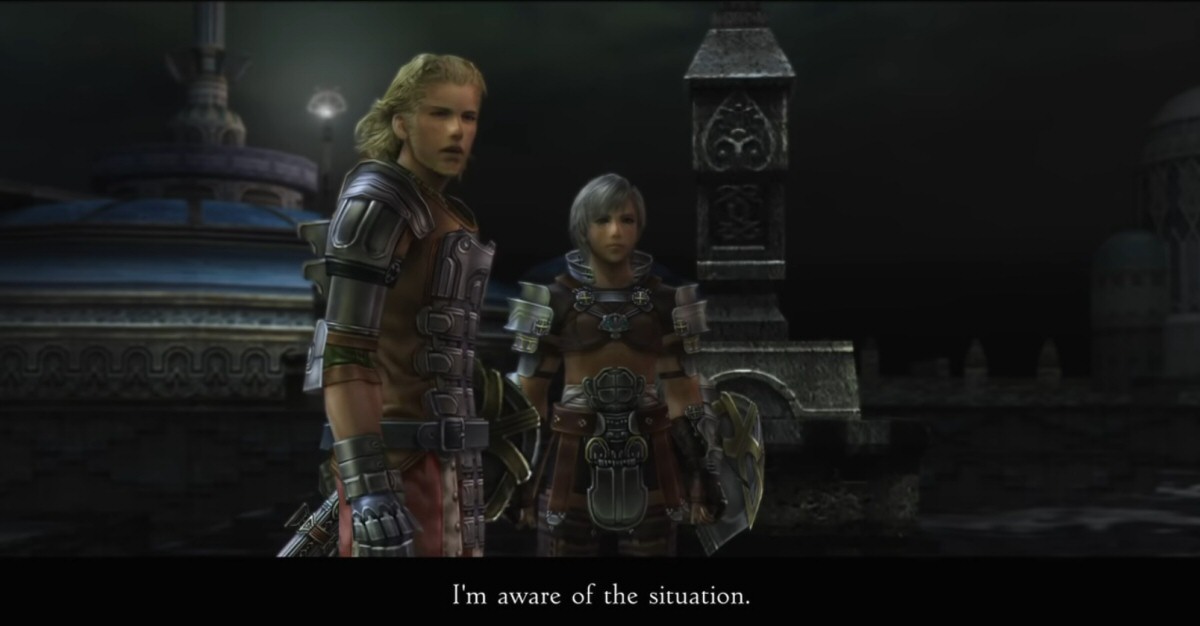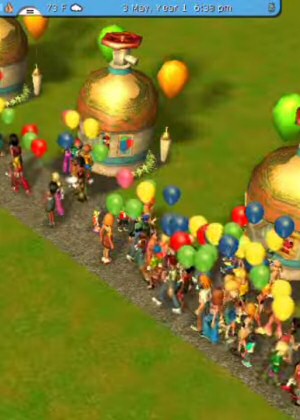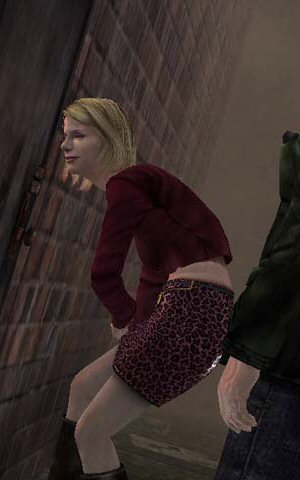The basics of a character arc are these: you establish what a character is like, you develop some motivation for changing, and then you demonstrate this change. These can really be anything; the immature young man who overcomes a great challenge by learning to take responsibility for his actions, the big city office lady who learns to make time for herself with the help of a flannel-clad stud from her rural hometown, or, uh… alright, it’s usually one of these two things, but in theory a character arc can encompass any sort of character change you can imagine.
Character arcs can be useful tools for engaging the audience emotionally. We see a character struggling with their conscience, and the emotional stakes creates tension. Their vulnerability humanizes them, lends them depth, and engages our sympathy. There’s a part of us that yearns for them to succeed in their inner struggle even more strongly than we want them to overcome the physical threat presented by their enemies, and tying these struggles together lends urgency to the emotional stakes and poignancy to the mundane conflict. Creators also use these changes to teach the audience and convey a moral or message. We see the suffering characters endure and the mistakes that they make when their spirit is disordered, the power of the feelings and forces that clarify their conscience are proven, and we see the worth of their new values demonstrated through action, marshaling positive change within and without.
A conflict of character sits at the very heart of Final Fantasy XII, with the emotional and narrative tension of the whole story resting upon it: a young woman, gripped by bitterness and grief, risks cashiering her soul by giving in to vengeance and destruction. As the climax looms closer and closer, the minds of the audience are focused on this single looming question:
Why is Gabranth the only character in the game with a complete character arc?
Continue reading ⟩⟩ “A Travelog of Ivalice, Conclusion: MIDLIGHT”
 T w e n t y S i d e d
T w e n t y S i d e d















